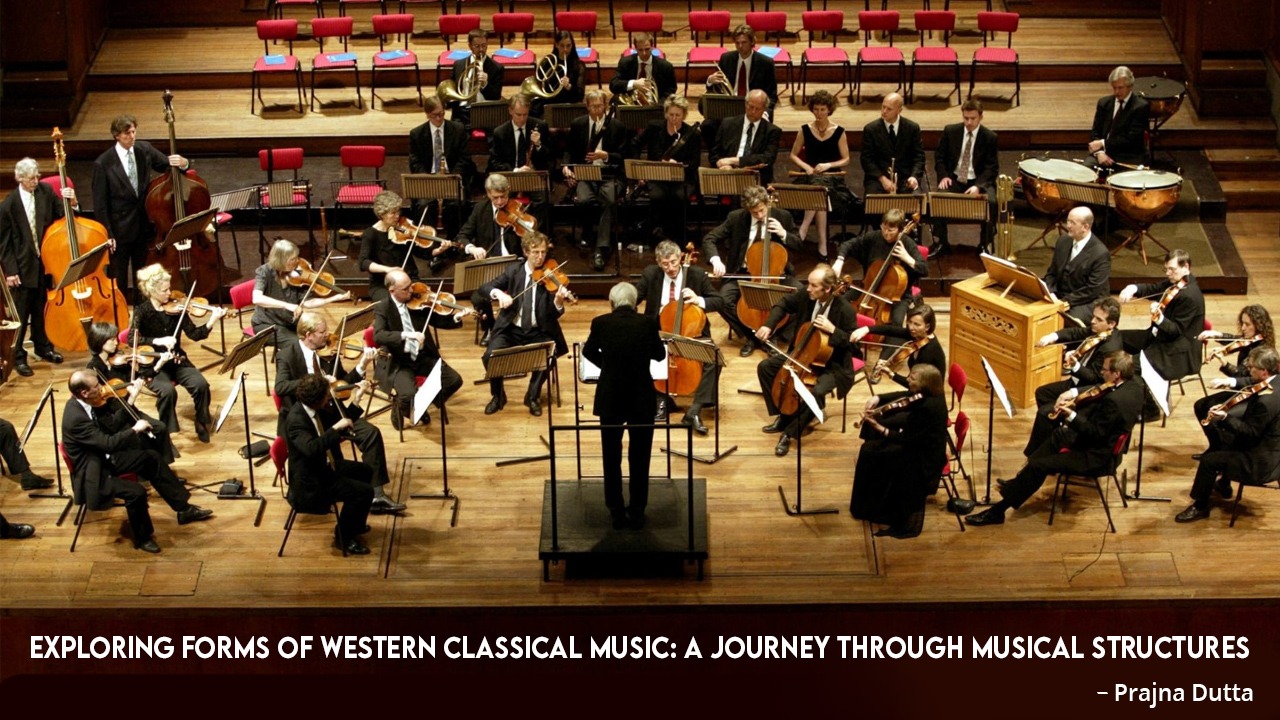Introduction:
Western classical music is a rich tradition that encompasses a wide variety of forms and structures. From the elegant simplicity of the sonata form to the intricate patterns of the fugue, these musical forms have shaped the landscape of classical music for centuries. In this article, we will explore some of the most prominent forms of Western classical music, highlighting their characteristics and providing examples from renowned composers.
1. Sonata Form:
Sonata form is one of the most fundamental structures in Western classical music, commonly used in symphonies, sonatas, and concertos. It typically consists of three main sections: the exposition, development, and recapitulation. The exposition introduces musical themes, the development section explores and develops these themes, and the recapitulation restates the themes in a modified form. An excellent example of sonata form can be found in the first movement of Beethoven's Symphony No. 5, where the iconic four-note motif undergoes various transformations throughout the movement.
2. Fugue:
A fugue is a contrapuntal composition based on a single theme that recurs throughout the piece in different voices. Fugues are known for their intricate counterpoint and strict adherence to compositional rules. Johann Sebastian Bach is renowned for his mastery of the fugue form, with works like "The Well-Tempered Clavier" showcasing his skill in crafting complex and captivating fugues.
3. Theme and Variations:
Theme and variations is a form where a musical theme is presented and then followed by a series of variations that elaborate on and transform the original theme. This form allows composers to showcase their creativity and virtuosity by exploring different musical ideas within a structured framework. An example of theme and variations can be found in Mozart's "Twinkle, Twinkle, Little Star Variations," where the familiar melody is transformed through a series of inventive variations.
4. Rondo Form:
Rondo form features a recurring main theme (A) that alternates with contrasting episodes (B, C, etc.). The structure of a rondo is typically ABACADA, with the A theme serving as the recurring refrain. This form is often used in final movements of classical symphonies and concertos. An example of rondo form can be heard in the final movement of Mozart's Piano Sonata No. 11 in A major, known as the "Rondo Alla Turca," where the lively main theme alternates with contrasting sections.
Conclusion:
The forms of Western classical music provide a framework for composers to organize their musical ideas and create cohesive works of art. From the structured elegance of sonata form to the intricate counterpoint of the fugue, each form offers a unique way for composers to express themselves and engage listeners. By exploring these different musical structures and studying examples from the works of master composers, we can gain a deeper appreciation for the artistry and craftsmanship that define Western classical music.

LIFicEWjzwtM
LIFicEWjzwtM